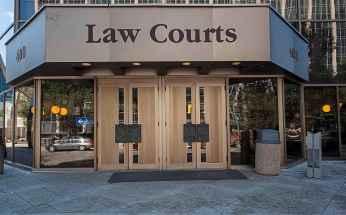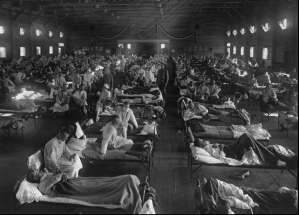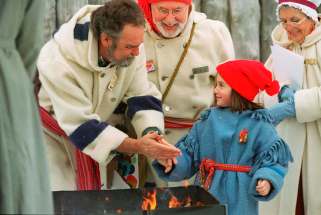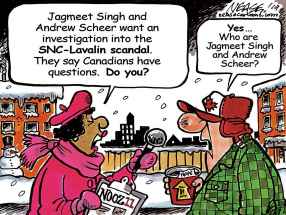Fantastique 50! For a half-century, Festival du Voyageur has combined a celebration of francophone culture with a party atmosphere
Read this article for free:
or
Already have an account? Log in here »
To continue reading, please subscribe:
Monthly Digital Subscription
$19 $0 for the first 4 weeks*
- Enjoy unlimited reading on winnipegfreepress.com
- Read the E-Edition, our digital replica newspaper
- Access News Break, our award-winning app
- Play interactive puzzles
*No charge for 4 weeks then billed as $19 every four weeks (new subscribers and qualified returning subscribers only). Cancel anytime.
Read unlimited articles for free today:
or
Already have an account? Log in here »
Hey there, time traveller!
This article was published 14/02/2019 (2044 days ago), so information in it may no longer be current.
In 1967, the chamber of commerce of St. Boniface, then still a separate city, came up with the idea of having a winter festival that celebrated French-Canadian culture and heritage.
The chamber presented its plan to then-mayor Edward Turner, who told members to hold off until 1970, when Manitoba would be celebrating its centenary and more funding would be available. So, three years later, a tenacious crew of Franco-Manitobans took over Provencher Park for the inaugural Festival du Voyageur.
During that first four-day event — which took place Feb. 26-March 1, 1970 — more than 10,000 people attended and were treated to snow-sculpting contests, snowshoe and snowmobile races, hay rides, bannock baking, street dancing, historical re-enactments and a costume ball, among other events meant to highlight the recreational and work lives of voyageurs in the early 1800s.
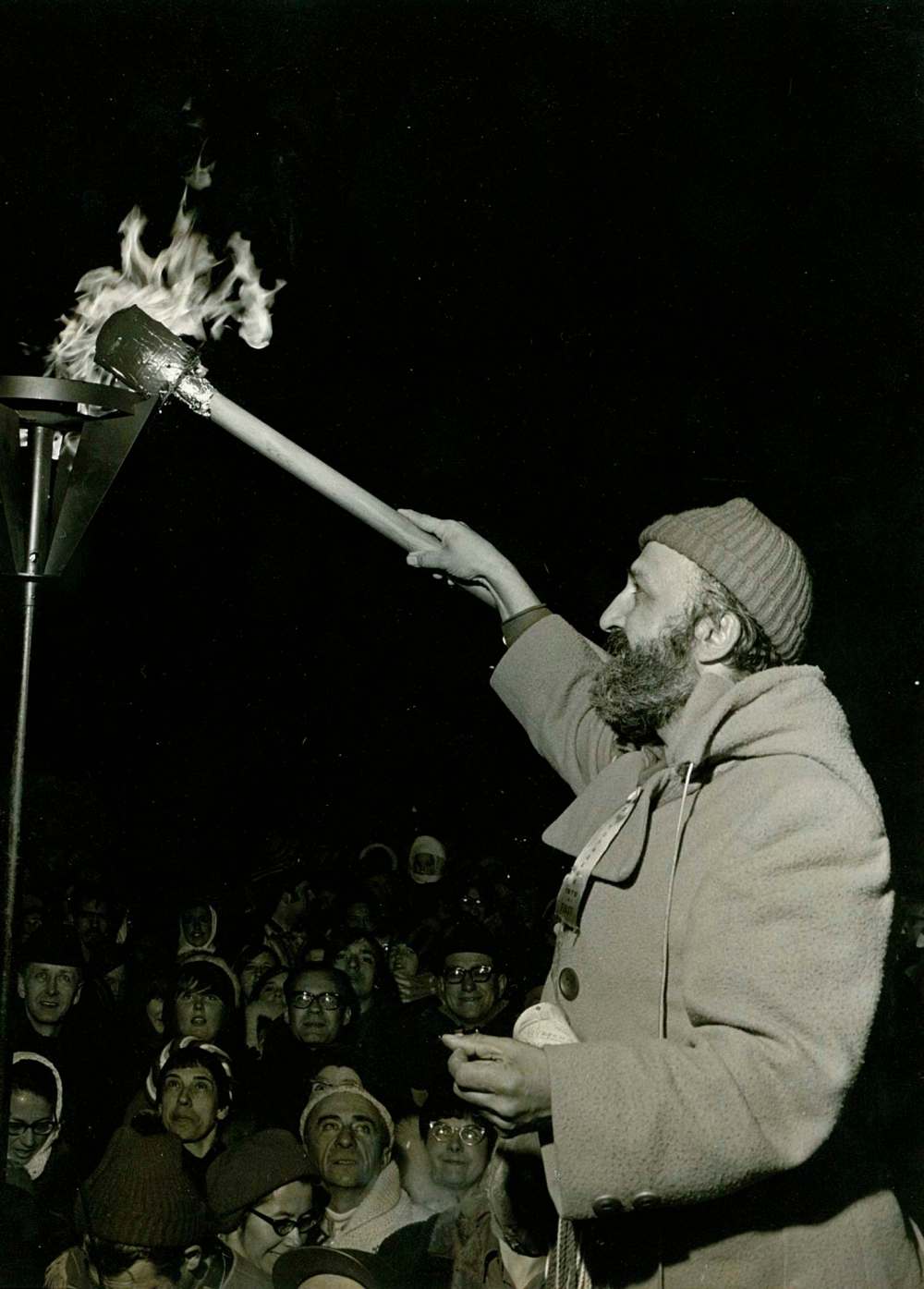
Turner said Festival was “intended to create the romance, fun, courage, endurance and explosive fun and frolic of the voyageurs,” as quoted in one of the Winnipeg Free Press’s first articles about the event.
That statement remains true even now, as Festival du Voyageur celebrates its 50th year.
A few things have changed in the past five decades; now, almost 100,000 attendees take in the annual 10-day event, and, according to a 2011 economic impact assessment, it generates more than $12 million in total gross economic activity (direct, indirect and induced).
But much of the original vision for Festival du Voyageur has also remained the same.
“It’s a promotion of heritage, culture, history, music; a promotion of our joie de vivre, it’s a promotion of resilience… Manitobans, we have those extremes in temperature and we’ll still be outside somehow. So the vision was to give an opportunity for people to come out in the winter and celebrate winter,” says Lucienne Beaudry Loiselle, a volunteer who has been around since the first Festival and the author of He Ho! A Celebration of Culture and Heritage, a new coffee-table book about the history of Festival du Voyageur.
Beaudry Loiselle and her husband, Lucien, became the official voyageurs of the festival in 1977, a volunteer position filled by different people (now, families) each year who are tasked with promoting the festival both during and outside of the event. For her book, Beaudry Loiselle, 76, spent three years interviewing others who filled that role throughout the years and put together a sort of oral history, with tons of archived photos and stories from many perspectives.
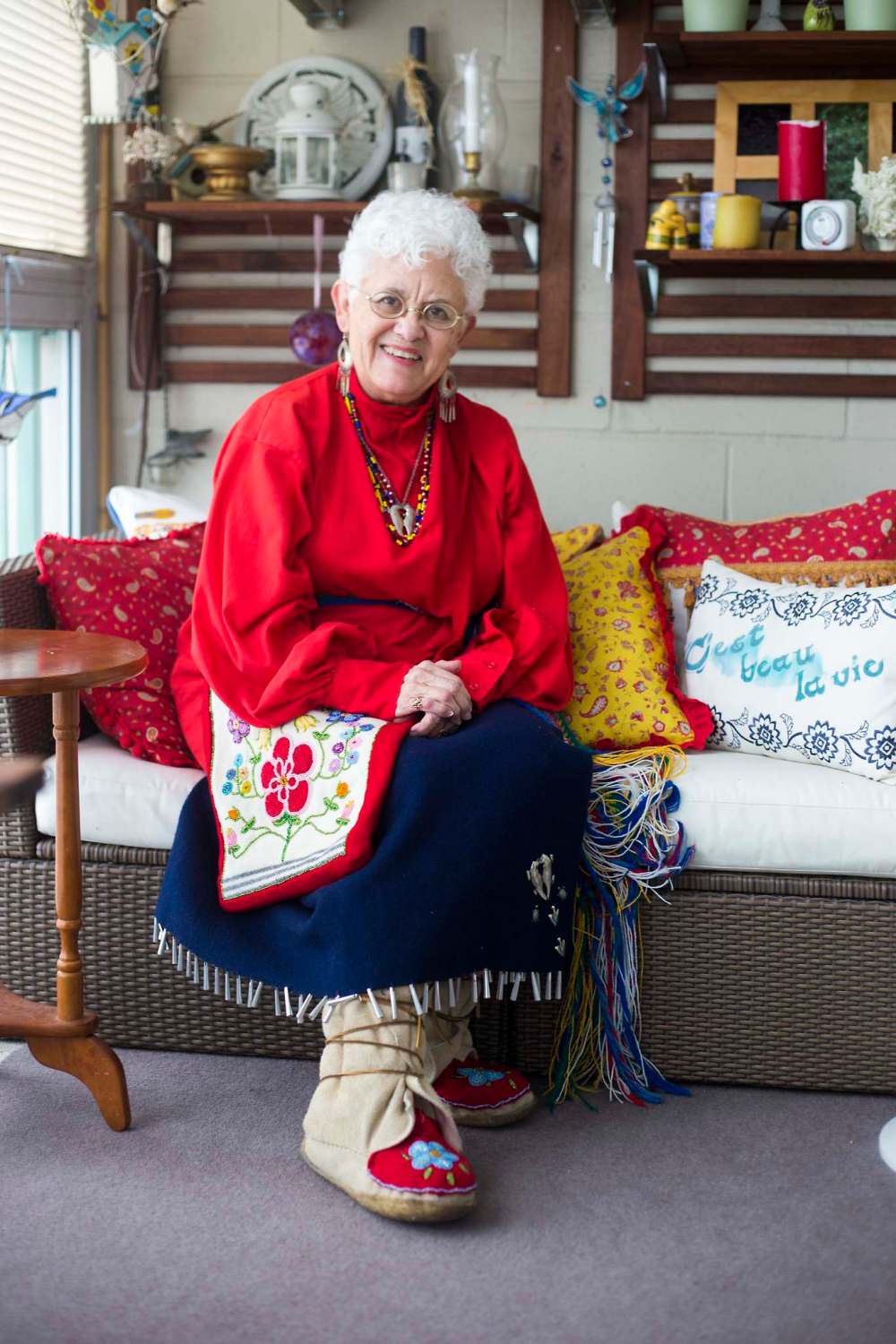
As Beaudry Loiselle explains, it wasn’t long before the festival outgrew its space at Provencher Park, so in 1977, the organization began to develop Whittier Park (now more colloquially known as Voyageur Park) with the hope of it becoming the new main festival site.
They first built a log cabin, and then erected Fort Gibraltar, rooting themselves firmly on the site Festival still uses to this day.
It hasn’t been all fun and success for Festival, however; the organization faced financial struggles in the late ’90s and early 2000s, forcing it to sell the Rendez-Vous, a popular warehouse/venue space on Taché Avenue it purchased in the early ’80s to help stabilize its finances. It took three years, but the venue was eventually sold in 2006.
Ginette Lavack, a former executive director of Festival, started her professional journey with the organization as the director of the Rendez-Vous for four years.
After experiencing some burnout, Lavack left and kept her distance from the event for a few years before returning in 2010 for a contract position and then eventually moving into the role of executive director, which she held until 2017.
“There was a really great team of people working on the event… I feel like the volume of work was different than it was when I was there in the late ’90s. There’s never a huge work-life balance around festival events, but it seemed more manageable,” says Lavack.
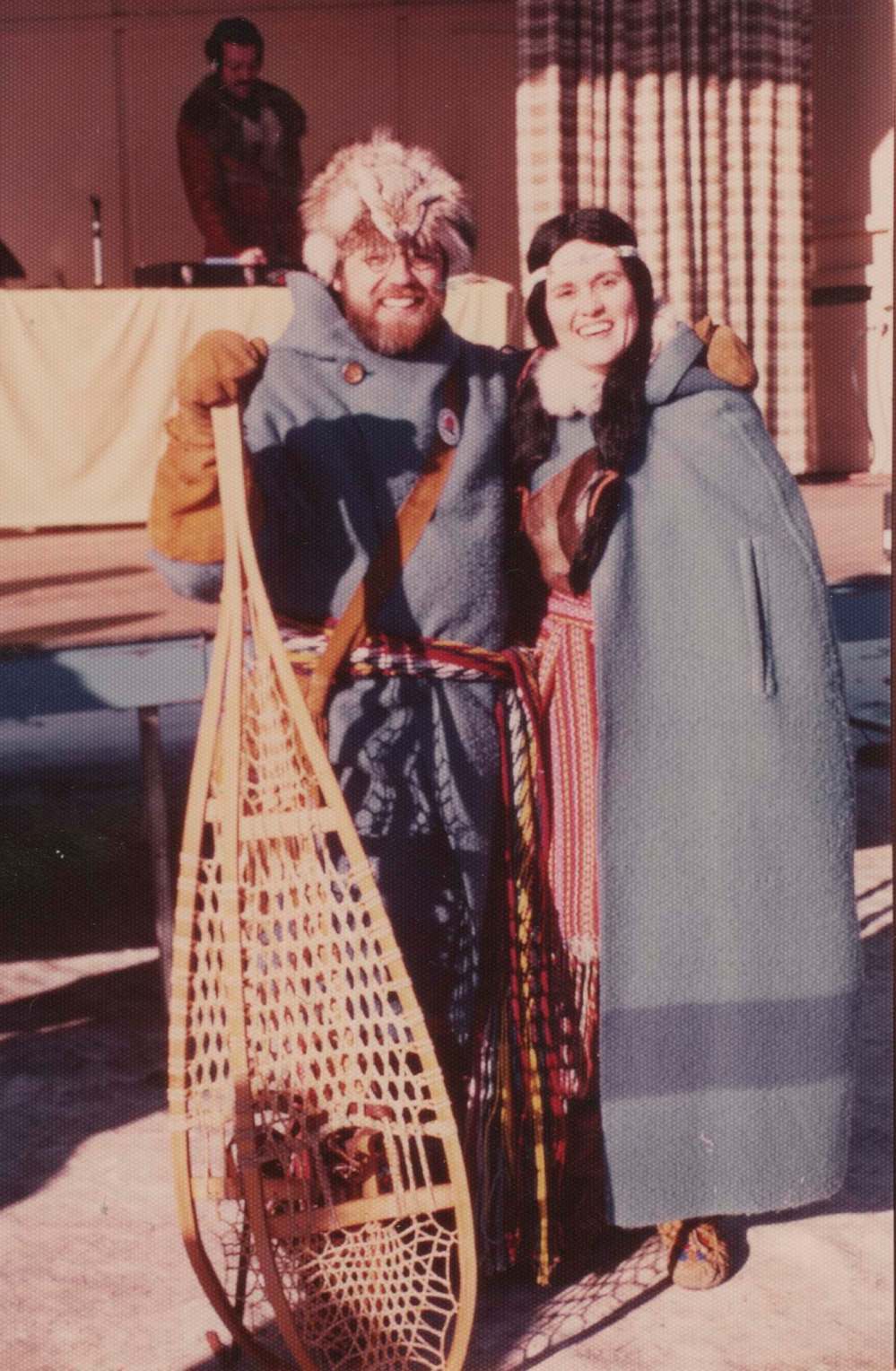
During her tenure as executive director, Lavack had a few projects on the go, but her main focus was building up the programming, including music, entertainment and education, to build upon the daytime field trips to the Festival site that have always been a popular activity for Winnipeg schools.
“The programming happening at Fort Gibraltar had really evolved; that whole department had come up quite a bit and the team was trying to create unique things that help celebrate our history and culture and I felt like the musical programming was on the verge. The resources weren’t there, the funding had been cut quite a bit because when festival sold the Rendez-Vous, it was a bit of a financial crisis and it needed to pull up its bootstraps and get cleaned up,” says Lavack, adding that a two-year government grant helped increase the programming budget.
“But, you can’t revert to the way you were doing things before, so we had to find ways of continuing to fund that programming… From then on, every year we kept increasing the programming budget, so that’s what I really focused on during my time there, to develop the artistic quality of what was happening at Festival.”
THE PRESENT
Many have noted a shift in the Festival du Voyageur vibe, which became most evident when artistic director Julien Desaulniers joined the team under Lavack in 2013, exactly 10 years after he first performed at the festival as a musician.
Suddenly, Festival became a true night-time hotspot, with thousands of young people flocking to the heated tents and ice bar to check out local and international bands and sip some Caribou — a red wine, whiskey and sugar-based beverage — by the bonfires.
This influx of interest can, in large part, be credited to programming.
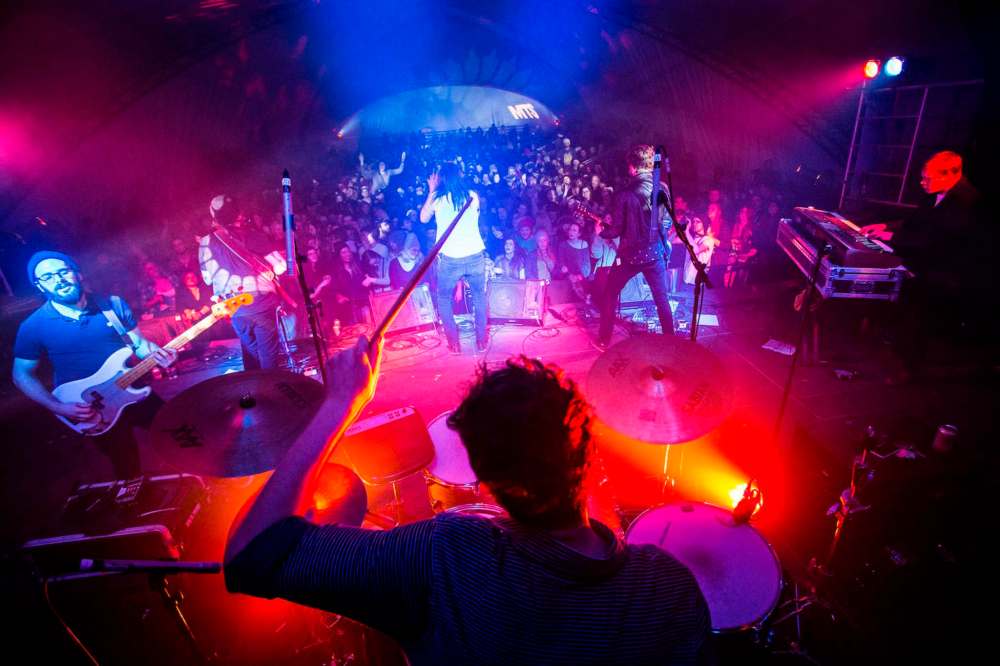
When Desaulniers (who had never worked in an artistic director position before) took the programming reins, the festival was consistently booking around 70 acts and had “a lot of potential and room for improvement,” he says.
He didn’t necessarily have a specific vision for the future but recognizing there was room to expand, Desaulniers began booking 10-15 more bands a year. Before he knew it, Festival had more than doubled its offerings, going from 70 to around 160 acts.
“The volume is nuts,” laughs Desaulniers, 33, at his desk at the St. Boniface offices of Festival du Voyageur.
“And that helped us with our numbers at night and really mobilized a lot of Winnipeggers to come out. So it just kind of happened that way, it grew and evolved… and if you don’t evolve you might not be relevant anymore.”
Booking local has always been a Festival mandate, which is why you’ll notice just about every Winnipeg musician on the lineup at least once throughout the 10 days. But retaining the francophone aspect is also important to Desaulniers.
“We’re always keeping in mind our community, that’s No. 1 all the time. The first thing I program is the daytime stuff, the violins, the woodchips, the maple syrup, those are all deep inside my psyche and that’s not going to change. At night, some of those people are going home or they don’t necessarily want to be in the park in the freezing cold, they’d rather be at a sit-down show, so let’s book cool and interesting bands from Winnipeg and across Canada, but then let’s insert some French content right before that so we’re presenting French bands that are really contemporary and cool in Quebec and exposing them to anglophone audiences,” he says.

“That to me is an important part, it’s sharing our culture. So the more people that come to Festival, the better, because it’s more people we can expose to French music.”
This year, Desaulniers has a few special things on tap to celebrate the 50th Festival, including a commemorative evening at the Franco-Manitoban Cultural Centre that will celebrate 50 years of francophone music in Manitoba. Additionally, the lineup at Voyageur Park is peppered with acts that have popped up throughout the years, including a rare performance from Grammy-nominated local band the Duhks.
Lots of thought has gone into the programming of this year’s Festival, so much so that when executive director Darrel Nadeau came on board just four months before the 49th festival, he was already being asked about his plans for this year’s celebrations.
“I’m like, ‘I just want to get through the 49th and then we’ll worry about the 50th,’” Nadeau chuckles.
Special events for special anniversary
Festival du Voyageur executive director Darrel Nadeau breaks down some of the new and returning events in place to help celebrate Festival’s 50th year:
Festival du Voyageur executive director Darrel Nadeau breaks down some of the new and returning events in place to help celebrate Festival’s 50th year:
“We’re bringing back sled dogs, which haven’t been at Festival for about 15 years, so people are really excited about being able to have sled dog rides. We are also having a chocolate-carving expo, so we’re bringing in a chocolate carver from Montreal and they will be carving Fort Gibraltar and voyageurs and different things out of chocolate. And we’re also bringing back the cheese-sculpting competition. So we’ll have (carving of) wood, cheese, chocolate, ice and snow.
“We are expanding our snow bar and patio, which is cool, and we’re bringing back our Voyageur Pride Night in a larger tent.
“Then there’s the ice bar at The Forks; it’s been open for a few weeks now, it’s a way for us to be out in the community early and get people talking and get excited about Festival, and have Festival be present all winter, to be a celebration that lasts longer and expand our presence. So we’re keeping that open until the river trail melts. Even after Festival it will be open every weekend, so it serves that purpose of expanding our presence. That’s a new initiative this year. For the past six years we had a presence on the river trail for four days only, this is the first year it’s open all winter.
“The other thing is the giant sashes we have in different parts of Winnipeg (city hall, river trail, etc.); they are popping up in different places that support us. And it’s also another way for us to be present and visible in the community, because people just associate the sash with Festival right away. Partly because snow is hit or miss every year… so the window with which we can have snow sculptures out and visible is getting shorter. So my idea this year was what’s the other iconic thing of festival? It’s the sash.”

The new executive director has already made an impact; last year, he instituted the first Voyageur Pride Night, which was embraced by the LGBTQ* community in a big way. It returns this year on Feb. 24, featuring DJs from QPOC and Room Service, drag shows and a performance by Festival du Voyageur champion jigger Ryan Richard, also known as Miss Sandi Bay.
Outside of simply making Festival a safer space for anyone who would like to attend, Nadeau says events such as Voyageur Pride Night help highlight Festival’s vast impact.
“A lot of people might think it’s just a festival, just 10 days out of the year, but once you start getting integrated into the event and organization, you meet so many people who have been volunteering for 30 years who met their spouse here, or are bringing their kids and grandkids, telling them they played in a band here 30 years ago, and so there’s so many people that festival has touched, it makes you realize it’s bigger than all of us,” says Nadeau.
THE FUTURE
Though the big theme of this year’s 50th Festival is certainly nostalgia, Nadeau says looking toward the future is also something he and his team have been pushing in their messaging, both in terms of the physical growth of the festival and the acknowledgement there are things organizers need to improve.
One of the largest topics on Nadeau’s mind is the relationship Festival du Voyageur has with the First Nations communities in Manitoba. Indigenous communities played a huge role during the fur-trade era, in the early 19th century, and, of course, the Métis community was born of that era.
“I think we are doing a very good job representing francophone culture and francophone perspective of that era. I don’t think we’re doing enough to represent Métis and First Nations, and also Inuit, who were part of the fur trade from afar, from up north, so all Indigenous communities are part of that story,” says Nadeau.
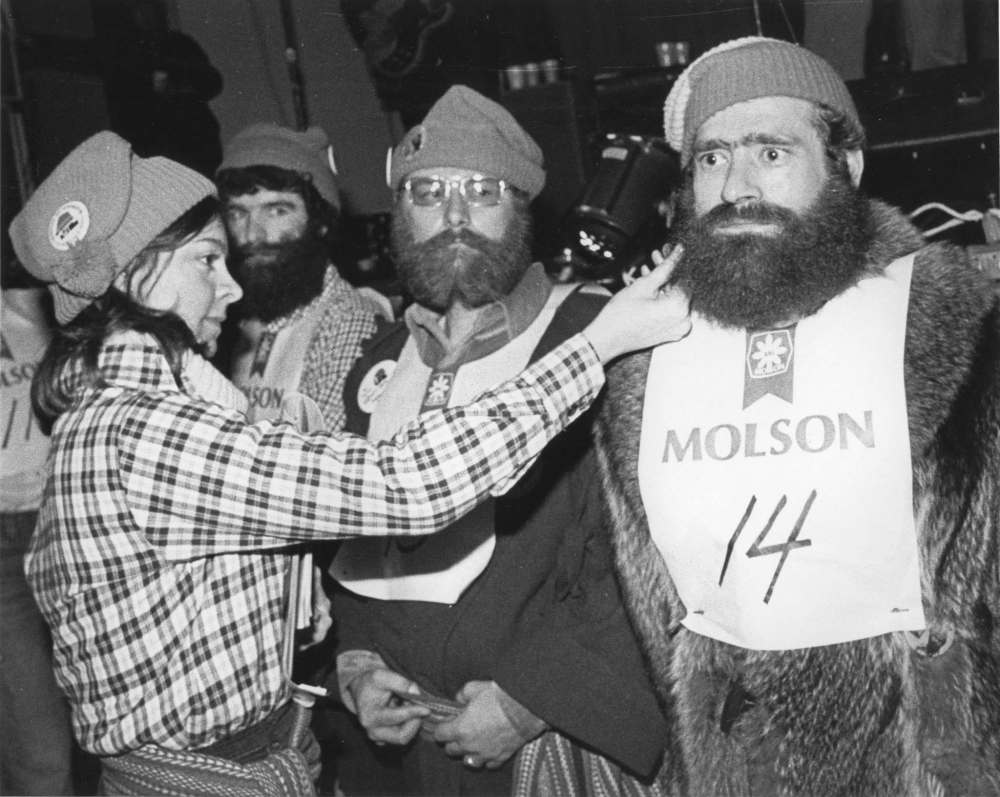
“So this year we are taking steps to portray that story better, to showcase Indigenous artists better, and it’s going to be an ongoing process. It won’t all be done in one year; it’ll be done through building partnerships and opening our arms and our ears and listening and involving more and more folks to be part of it.”
Nadeau points out that while many First Nations groups were willing to participate in creating a new bridge with Festival du Voyageur, others were, understandably, skeptical.
“Some are waiting to see if we’re for real, and we totally respect that. It’s a bit of a chicken or the egg thing; do you develop the partnership and then take action, or do you take action first and then the partnerships see the door open to come? And we understand some will be one way and some will be the other,” says Nadeau.
“We’re looking to build something long term, we’re looking to have an advisory group and we’re looking to sign the Indigenous accord. There’s a lot of things we’re looking at, a lot of steps, but we acknowledge it’s not just like turning on a switch and saying all of a sudden we’re doing a great job.”
Another big part of Festival du Voyageur’s future is managing its growth. Voyageur Park is only so big, so the organization’s board of directors has tasked Nadeau with developing other ways to accommodate bigger crowds.
This year, the festival has implemented a different ticketing system that allows for better tracking of who is attending the festival and at what time, which is a reaction to frustrated customers in recent years who have either been turned away at the gate or have spent hours waiting in line to get into tents in the evening.

“We know capacity is an issue, which is a great problem to have. But we have to find the right formula to make sure everyone who buys a ticket and comes to Festival has a great time, and if that means selling (fewer) tickets, then that’s what we have to do, because we can’t have too many people at the festival and have some not enjoy themselves,” says Nadeau.
“So once we have that figured out, we will be able to see how many people would like to come that are not coming because of our capacity issues, and then we have to find a way to expand. Whittier Park is only so big, so there’s a very limited amount of ways we can expand. It might be a second site, it might be larger tents, or perhaps a permanent structure, but that’s something the board of directors has mandated me to do, to explore ways we can either better utilize Whittier Park or look at some other way to increase capacity.
“The CCFM is already a secondary site, but it’s not the same, it’s an indoor venue. So that’s definitely a huge part of my challenge.”
Nadeau and his team have their immediate sights set on making sure the 50th Festival du Voyageur goes off without a hitch, and Beaudry Loiselle, for one, is ready to get the party started.
“The first festival lasted four days, and in those four days, 10,000 people went through the doors and 744 cases of 24 beers went through the door also. It was a big party, and every year you want to go to that party,” says Loiselle.
“Even after 50 years, I still want to go to that party.”
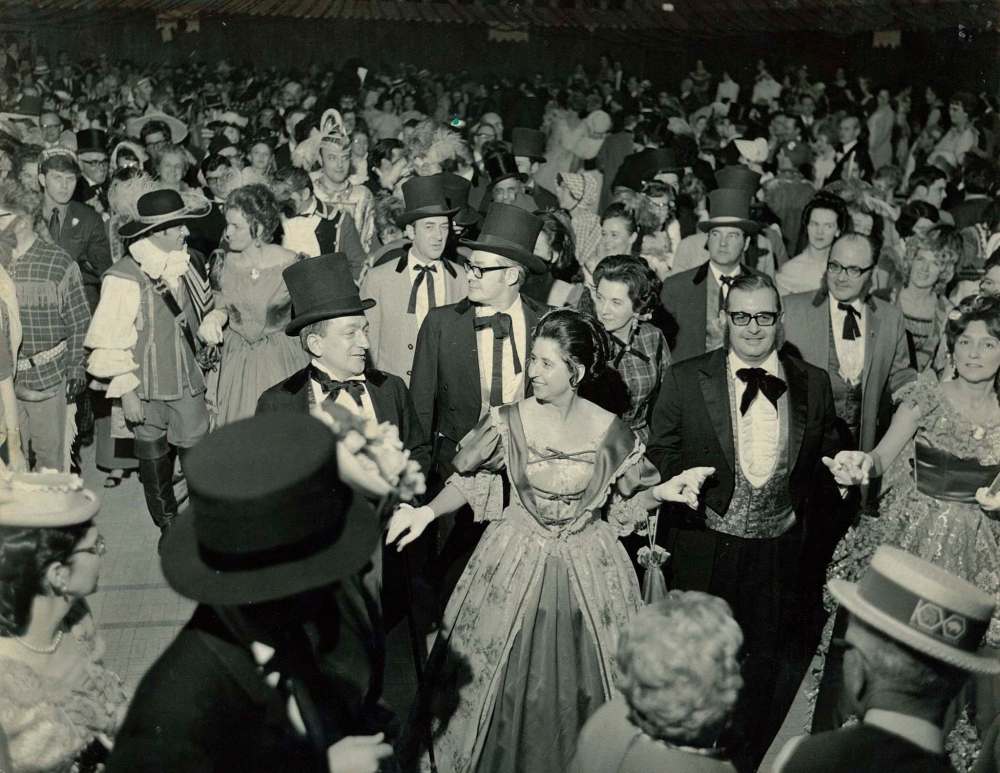
erin.lebar@freepress.mb.ca
Twitter: @NireRabel
Event preview
Festival du Voyageur
Feb.15-24
Whittier Park, various venues in St. Boniface
For ticketing and scheduling information, visit heho.ca.
New ticketing system
This year, Festival du Voyageur has changed how it’s selling tickets due to complaints about capacity.
A new pass has been introduced — the 10 a.m-6 p.m. weekend pass — which, as the name suggests, is valid any of the five weekend days the festival runs (Feb. 16-18 and Feb. 23 and 24) from 10 a.m. until 6 p.m. Adults passes are $40; teen and senior passes are $25.
Single-day tickets have an assigned date and are more limited than they have been in the past. Single-day tickets are also available in bundles of two, three or four at a reduced price.
Only 1,500 voyageur passes, which allow unlimited access day or night throughout the 10 days of the festival, were printed this year. Adult passes are already sold out, but some teen and senior passes are still available for $50.
For more information, visit heho.ca.

Erin Lebar
Manager of audience engagement for news
Erin Lebar spends her time thinking of, and implementing, ways to improve the interaction and connection between the Free Press newsroom and its readership.
Our newsroom depends on a growing audience of readers to power our journalism. If you are not a paid reader, please consider becoming a subscriber.
Our newsroom depends on its audience of readers to power our journalism. Thank you for your support.



